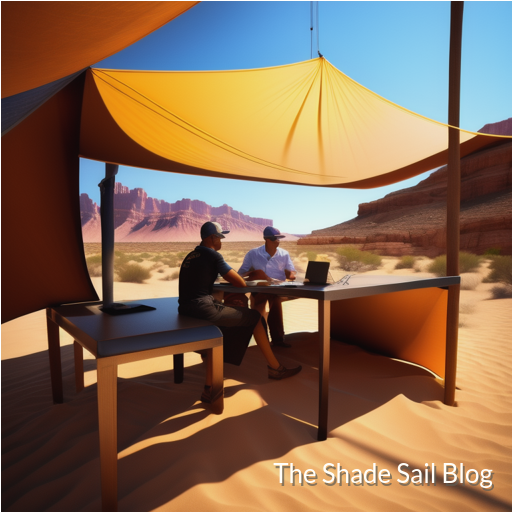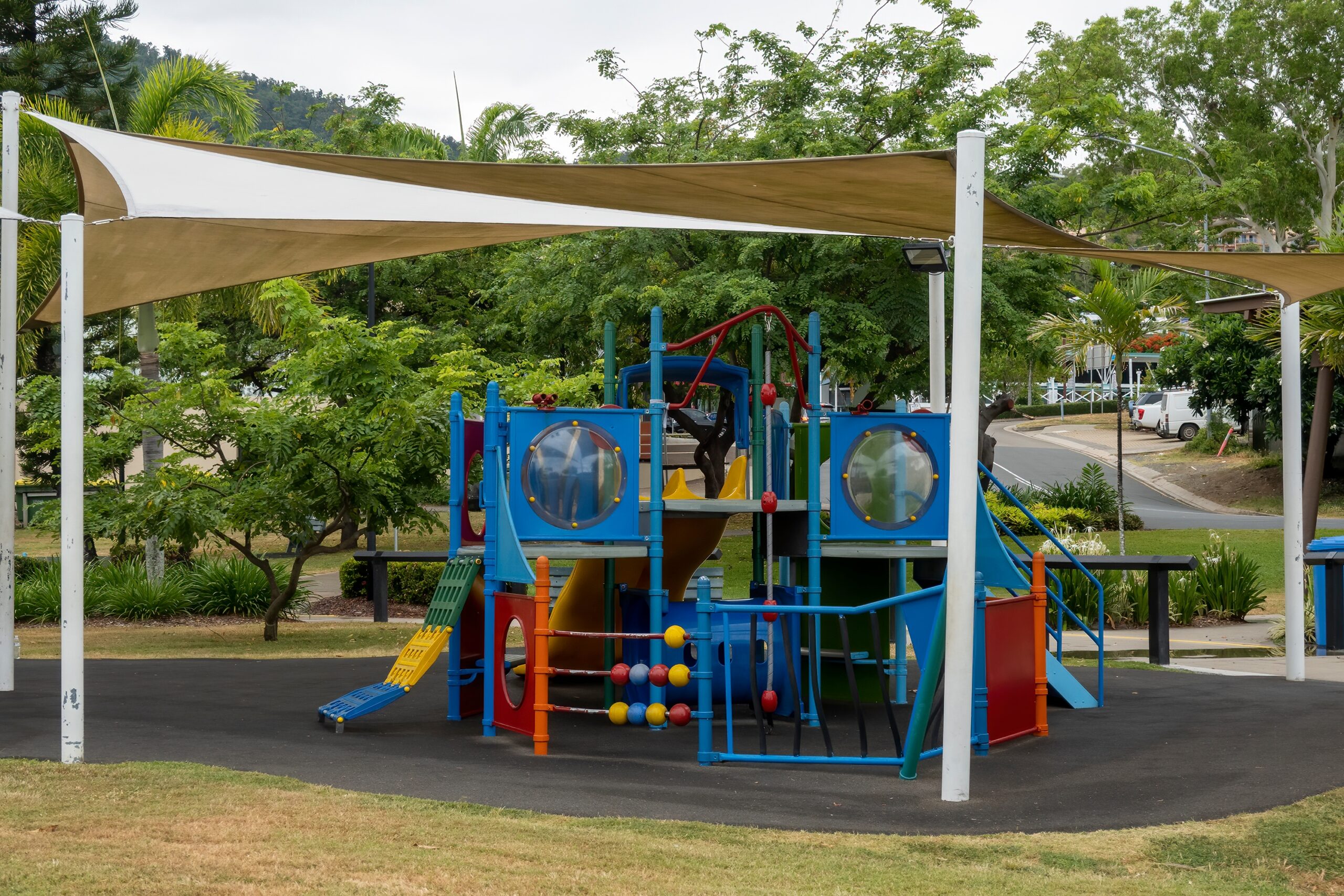
Introduction
As global temperatures continue to rise, sun safety has become an increasingly important issue, especially for children who spend a significant amount of time outdoors in schools and playgrounds. Prolonged exposure to the sun’s harmful ultraviolet (UV) rays can lead to severe health conditions including skin cancer. To mitigate this risk, many educational institutions and public spaces are embracing shade sails as a viable solution for sun safety. This article explores the importance of shade sails in protecting children from excessive sun exposure and how they can be effectively implemented.
Importance of Sun Safety
Children’s skin is more sensitive to UV radiation compared to adults, making them more susceptible to sunburns and long-term skin damage. Furthermore, habits formed in childhood often carry into adulthood, meaning early education about sun safety can have lifelong benefits.
The sun’s ultraviolet (UV) rays can be harmful to children’s skin and eyes. Exposure to UV rays can increase the risk of skin cancer, premature skin aging, and eye damage. Children are especially vulnerable to the sun’s harmful rays because their skin is thinner and they have less melanin, a pigment that helps protect the skin from the sun.
The Skin Cancer Foundation recommends that children should be protected from the sun whenever possible, and when they are outside, they should wear protective clothing and sunscreen. However, these measures may not always be sufficient, especially in settings where children spend extended periods outdoors, such as schools and playgrounds. This is where shade sails come into play.
The Role of Shade Sails in Sun Safety
Shade sails, named for their sail-like appearance, are devices made from durable, UV-resistant material that can be installed over outdoor areas to provide shade. They are an effective solution for reducing direct sun exposure and creating cooler, more comfortable outdoor spaces.
Shade sails offer several benefits:
- UV Protection: High-quality shade sails can block up to 98% of harmful UV rays, significantly reducing the risk of sunburn and skin damage.
- Temperature Control: By blocking direct sunlight, shade sails can lower the ambient temperature in the shaded area, making outdoor play more comfortable during hot weather.
- Versatility: Shade sails come in various sizes, shapes, and colors, allowing them to be customized to fit any space or match any aesthetic.
- Durability: Made from high-strength, weather-resistant materials, shade sails are designed to withstand harsh weather conditions and require minimal maintenance.
Implementing Shade Sails in Schools and Playgrounds
To maximize the benefits of shade sails, careful planning and strategic placement are essential. Here are some guidelines:
Assessing the Space: The first step is to assess the space where the shade sail will be installed. Consider factors like the size of the area, the position of the sun throughout the day, and the location of existing structures that could support the shade sail.
Choosing the Right Shade Sail: Shade sails vary in size, shape, and UV protection levels. Choose a product that fits your space and meets your sun protection needs.
Market place Comparison of Shade Sail Makers
Professional Installation: For safety reasons and to ensure optimal shading, it’s recommended to have shade sails installed by professionals.
Maintenance: Regularly check the shade sail for signs of wear or damage and clean it as per manufacturer’s instructions to ensure its longevity.
Schools like ABC Elementary in Springfield, USA installed a series of shade sails over their kindergarten playground last year. Teachers have reported students are able to play outside for longer periods without overheating. The PTA fundraising committee helped raise money for the project.
Parents, teachers, school administrators, and community members should collaborate to make shade sails a priority for their local playgrounds and fields. This provides long-term sun safe spaces for children to play, especially during peak UV radiation hours. It’s a simple solution that allows kids to enjoy the outdoors while reducing skin cancer risk – a win for everyone involved.
Here are some additional tips for keeping children safe in the sun:
- Apply sunscreen with an SPF of 30 or higher to all exposed skin, including the face, ears, neck, hands, and feet.
- Reapply sunscreen every two hours, or more often if swimming or sweating.
- Wear a wide-brimmed hat and sunglasses to protect the face, eyes, and neck.
- Wear long-sleeved shirts and pants to protect the skin.
- Stay in the shade when possible, especially during the middle of the day when the sun’s rays are strongest.
- Drink plenty of fluids to stay hydrated.
- Take breaks from the sun every 30 minutes to an hour.
Obtaining funding for playground shade sails
- School Budget: The first place to look is your school’s budget. If there is room in the budget for improvements or renovations, then you might be able to allocate some funds towards the shade sail.
- PTA/PTO Fundraising: Parent-Teacher Associations or Organizations often raise funds for school improvements. You could propose the shade sail project at a PTA/PTO meeting and organize fundraising events like bake sales, car washes, or fun runs.
- Grants: Many organizations offer grants for school improvements. Look for grants specifically geared towards improving school outdoor spaces or promoting sun safety. For example, the American Academy of Dermatology has a Shade Structure Program that provides grants for sun-protective areas.
- Crowdfunding: Websites like GoFundMe, DonorsChoose, or Kickstarter can be used to raise money from the community and beyond. You’ll need to create a compelling story about why the shade sail is needed and how it will benefit the students.
- Local Businesses Sponsorships: Local businesses may be willing to sponsor the shade sail in exchange for some advertising or recognition. This could be a plaque on the shade sail acknowledging their contribution, or mention in school newsletters and websites.
- Government Funding: Depending on your location, there may be local, state, or federal funds available for school infrastructure projects. Check with your local education department or council.
- Alumni Donations: If your school has a strong alumni network, you could reach out to them for donations.
- Service Clubs: Local service clubs like Rotary, Lions, or Kiwanis may be willing to help fund or even physically help with the installation of the shade sail.
Conclusion
Embracing shade sails in schools and playgrounds is a proactive step towards ensuring children’s sun safety. These installations not only provide protection against harmful UV rays but also create a more comfortable environment for outdoor activities. As we continue to experience rising global temperatures, shade sails are an investment in our children’s health and well-being, making them a worthwhile addition to any outdoor space.

